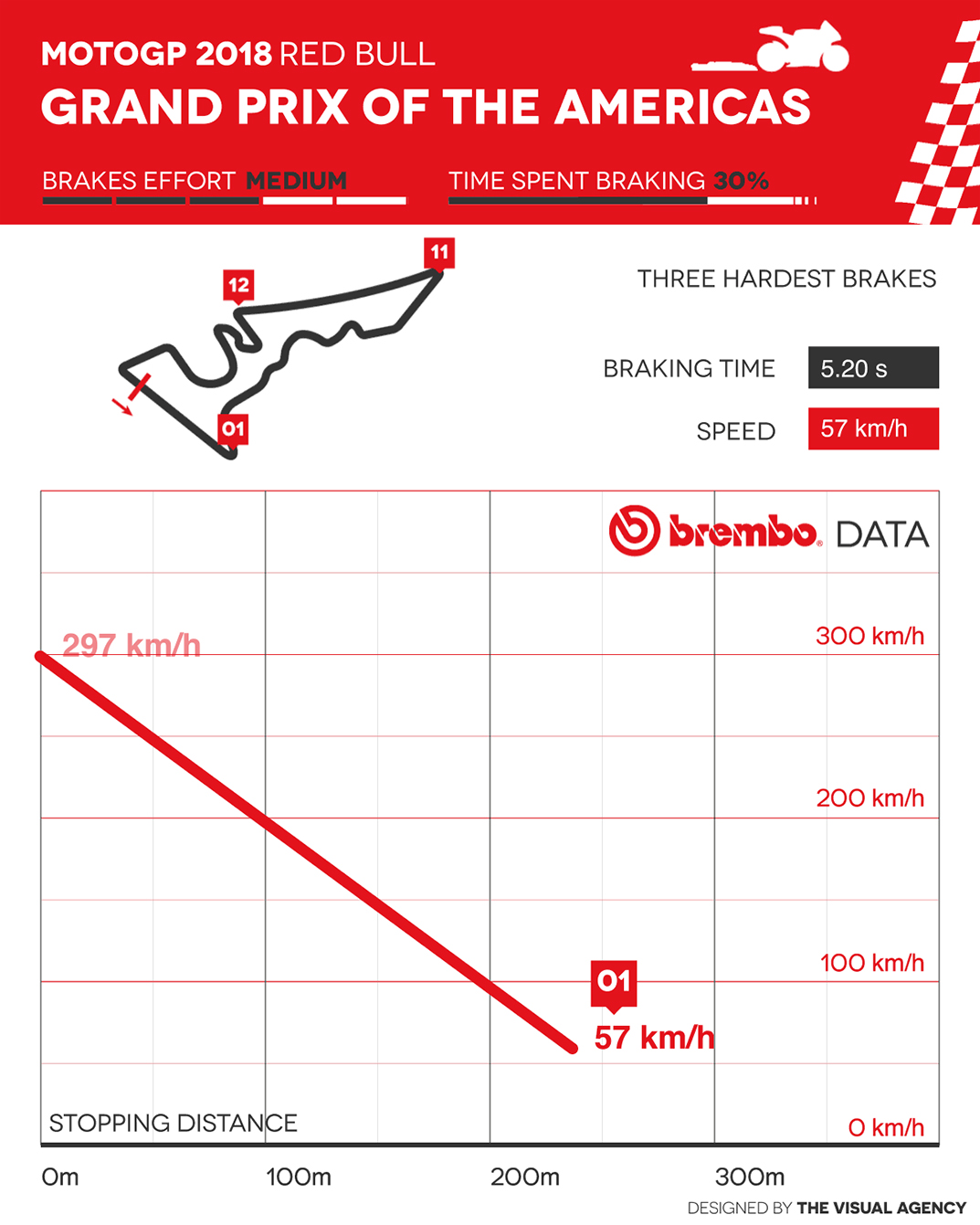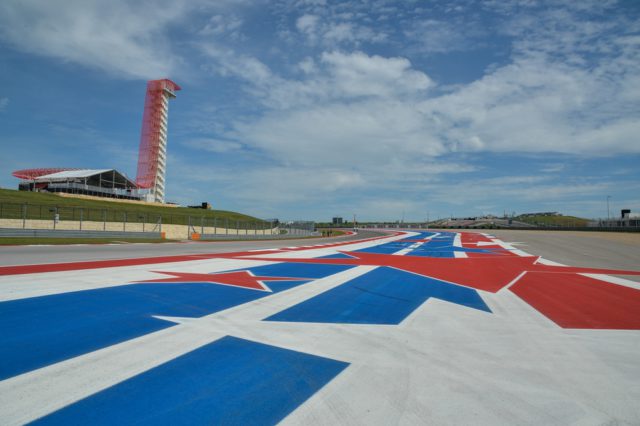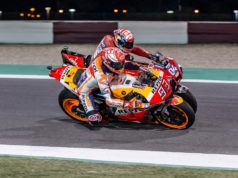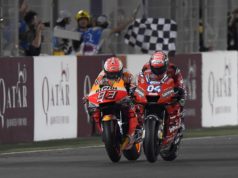Following the event in South America, MotoGP is moving onto North America for the 3rd race of the 2018 World Championship scheduled for April 20 to 22 at the Circuit of the Americas (Austin, Texas). The track was designed by German architect Hermann Tilke and is one of the few circuits in the world to host both the MotoGP World Championship and Formula 1: the single-seaters register a lap time half a second lower than that of the motorcycles.
Some stretches on the track were inspired by famous corners on historic circuits. The Texan circuit stands out for the intimidating incline on the straightaway leading to the first left-hand turn. In all, there is a difference of 133 feet between the lowest and highest points on the track, which makes it easy to imagine what might happen if the riders make a mistake in braking on the downhill stretch.
Get ready for the ride of your life. Good morning and welcome to the 2018 Red Bull Grand Prix of The Americas! #AmericasGP pic.twitter.com/yTkS4ACPxi
— Circuit of The Americas (@COTA) April 20, 2018
The Austin track poses a mid-level challenge on the braking systems. According to Brembo technicians, who assist all of the MotoGP riders, the Circuit of the Americas earned 3 points on a scale of 1 to 5. This is exactly what the tracks at Losail and Termas de Rio Hondo registered, but at Jerez, where the race will be held in two weeks, the score goes up to 4.
The demand on the Brembo brakes during the GP
Even though it isn’t the longest track in the World Championship, the Circuit of the Americas has the most braking sections per lap: 13. Only the GP Qatar matches this number. While at Losail the riders used their brakes for 37 seconds per lap, in Austin they brake for 38 seconds, twice the time spent braking at Sachsenring.
There are five corners where the riders change direction and brake just what it takes to shave off 18.6 mph, which reduces the average peak deceleration per lap. The deceleration on these curves varies between 0.4 G and 0.6 G, which explains the average peak of 0.92 G, the lowest value in the World Championship.
Summing up all of the force applied by a rider on the Brembo brake lever from the starting line to the checkered flag, the result comes in at more than 2,425 lbs. Practically speaking, that means a rider has to apply about 110 lbs of force every two minute, which is more than a Superbike rider applies.
This is why MotoGP riders can use carbon discs, which are thicker than the steel discs used in Superbike.
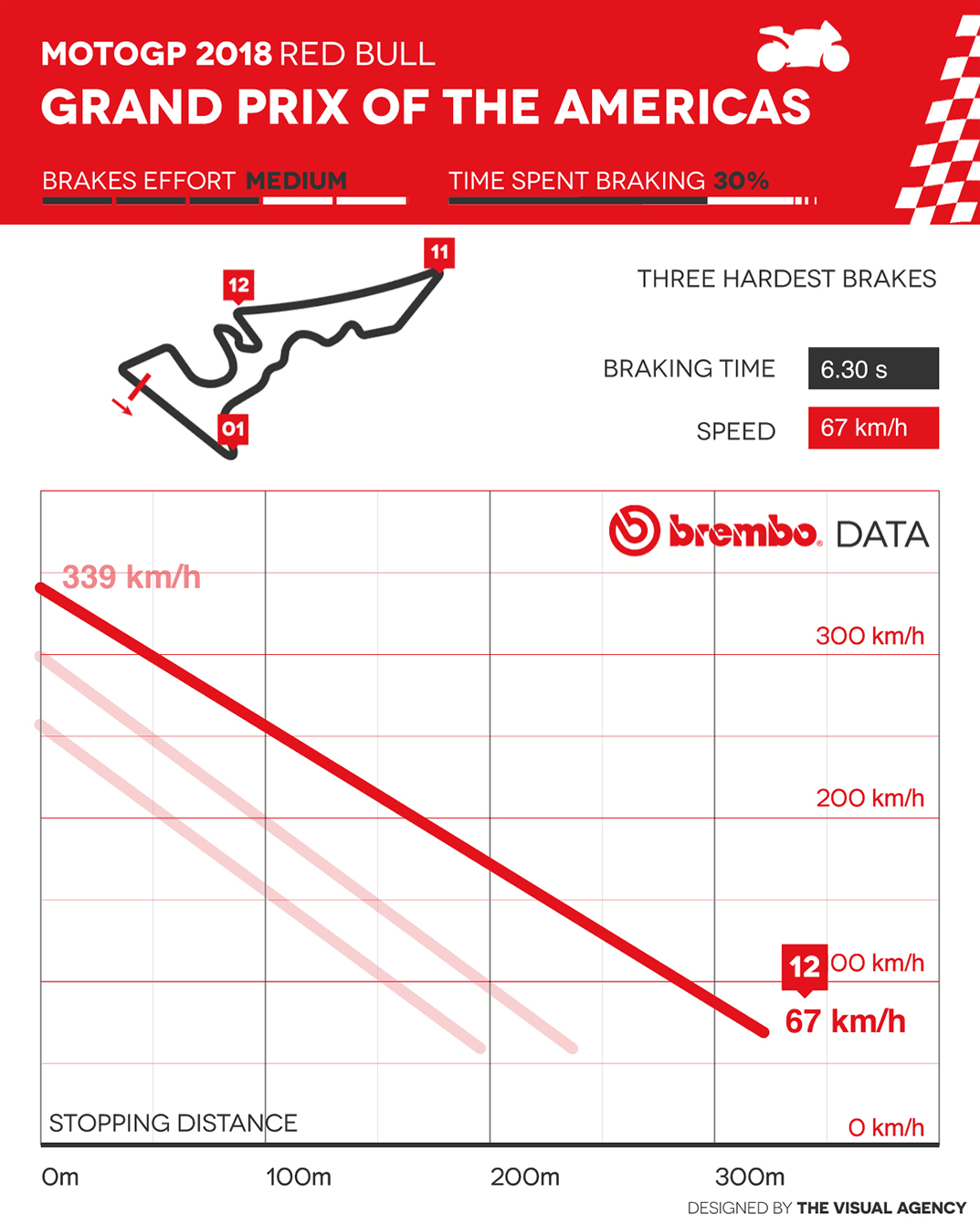
The most demanding braking sections
Of the 8 braking sections at the Circuit of the Americas, 3 are classified as demanding on the brakes, 2 are of medium difficulty, and the remaining 3 pose only a light challenge on the braking systems.
Curve 12 is the toughest of them all: the bikes enter the corner going over 210 mph and they brake for 6.3 seconds to go down to 41 mph. The 1,056 feet of braking is the World Championship record and leads to an average deceleration of 1.5 G.
At the first corner after the finish line, however, the load on the Brembo master cylinder lever is higher (14.7 lbs vs 14.5 lbs at turn 12) as is the pressure on the Brembo HTC 64T brake fluid, which reaches 11.6 bar, almost six times the pressure of a can of 7UP. Yet the bikes are going slower when they start to brake, 184 mph, and they push continuously on the aluminium Brembo callipers for 5.2 seconds.
Turn 11 also requires a load of 14.5 lbs on the lever, but the braking distance is 656 feet shorter and the deceleration is 1.4 G. This value is still higher than the 0.18 G in deceleration a Porsche 911 GT3 RS 4.0 experiences when going from 62 to 0 mph.
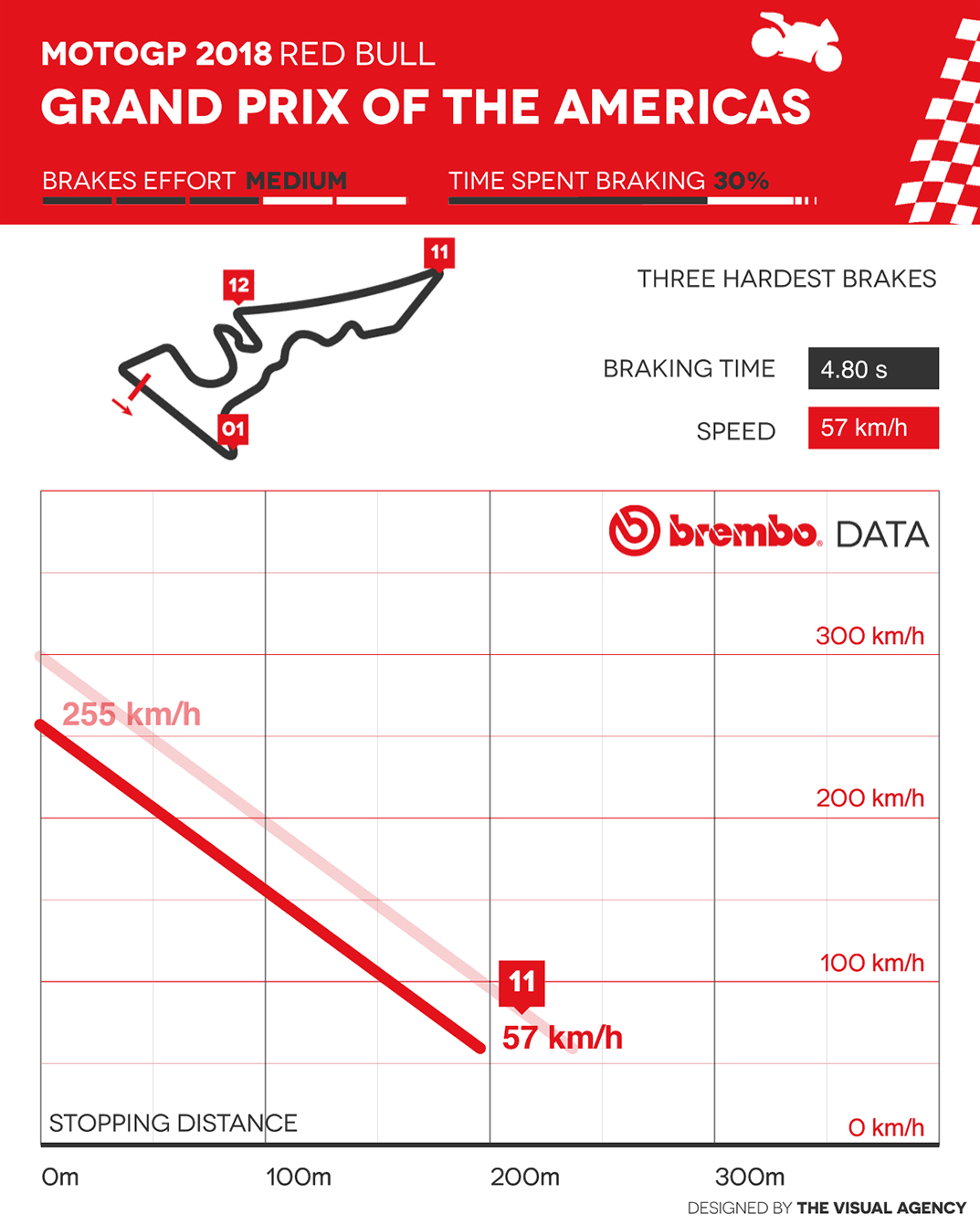
Brembo Performance
In the MotoGP of the Americas, the Brembo brakes have monopolized the podium in all five of the races contested.
Marc Marquez was the winner every time with Honda, which also won second place twice and third once with Dani Pedrosa. Yamaha placed second two time and third twice.
